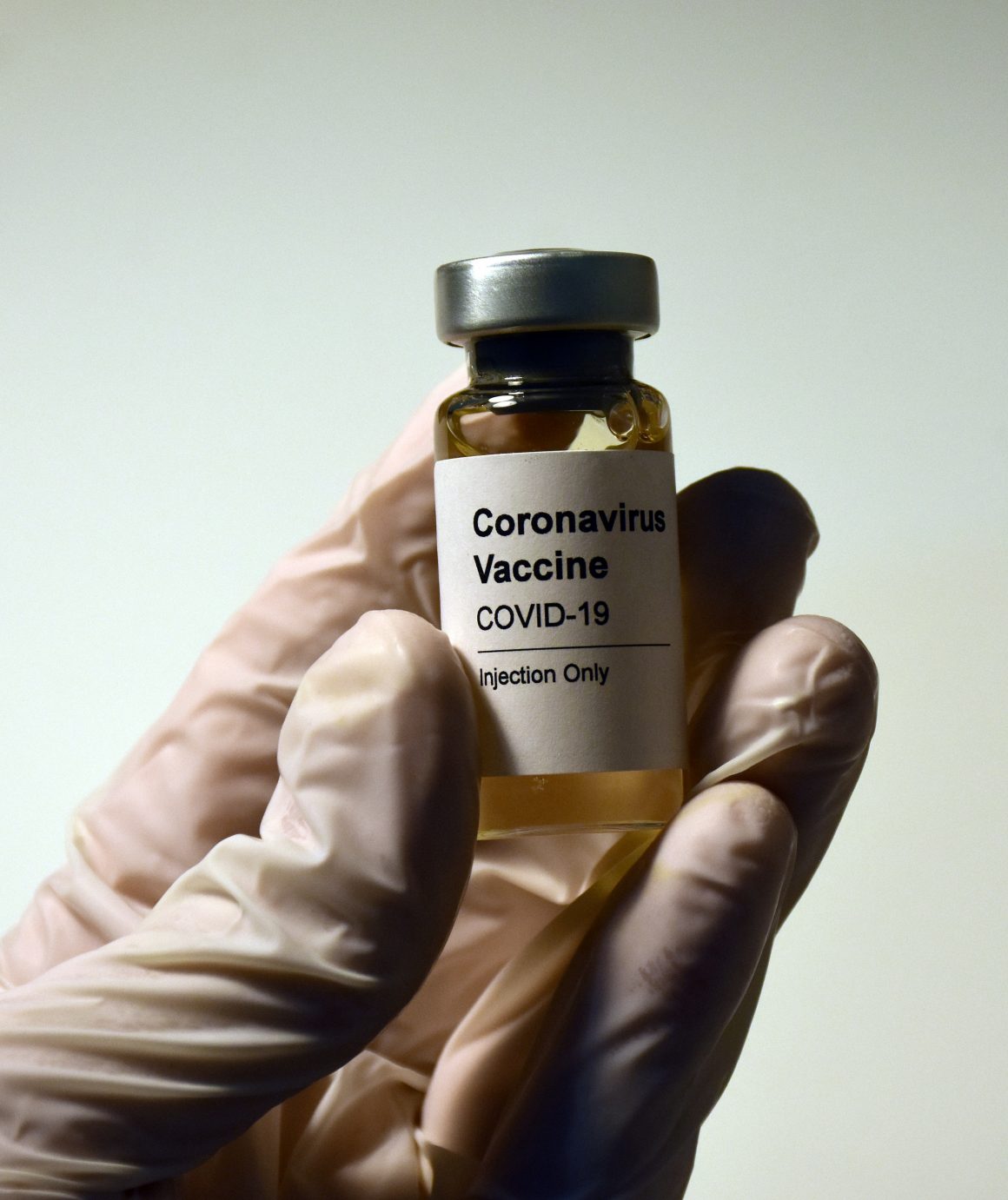
The need-to-know information on COVID-19 vaccines
By Elisha Chan, February 21 2021—
For many Albertans, the annual flu vaccine is just a routine pain in the arm. For some, getting the flu shot is just a timestamp to tell you that another year has passed. People are not usually a fan of injections, but this new year, people are eager for someone to administer the COVID-19 vaccine with the desire to return to a normal state of living. Many blindly accept whatever substance is being injected into their bodies, therefore this article will give a basic foundation on the science behind the available COVID-19 vaccines.
The two Health Canada approved COVID-19 vaccines were developed by Moderna and Pfizer-BioNTech. The overall goal of any vaccine is to trigger the immune system to make antibodies that are specific to pathogens. Antibodies are the “little soldiers” in the immune defense system that bind and defeat the foreign pathogens. Routine vaccines usually contain weakened or inactive versions of the pathogen with the intention of generating protective immunity. Protective immunity is the idea of generating the antibodies ahead of time so if you do get the pathogen by chance, your body is already primed to fight it.
The COVID-19 vaccines were designed to utilize the mRNA of the COVID-19 virus. mRNA used as an active medicinal ingredient is not a new area of study that only popped up because of COVID-19. Research on mRNA vaccines started about 30 years ago when scientists believed it could make vaccine development simpler. After years of research, mRNA vaccine knowledge has made remarkable leaps in medicine. The pandemic has provided the much needed monetary and resource investment in mRNA research and has led to a possible solution to COVID-19. mRNA is used as a template to make proteins which are molecules in the body that serve specific biological functions. The mRNA found in the vaccine provides the instructions to cells in the body to make a protein that is found on the COVID-19 viral surface. This viral protein is presented on those cells and recognized as foreign and the immune system is triggered to start developing antibodies against COVID-19. The mRNA never intermingles with our genetic information, or DNA, and is broken down by the cell after the protein is constructed, therefore making it safe.
In some cases, vaccinations are given multiple times in a person’s life to ensure protection against more difficult pathogens. This is the case for COVID-19 where the Moderna and Pfizer vaccines require two doses, 28 and 21 days apart, respectively. In terms of effectiveness, the Moderna vaccine was 94.1 per cent effective 14 days after the second dose, whereas the Pfizer vaccine was 95 per cent effective after only seven days following the second dose. Additional differences include the volume and age limit for which the vaccine can be used — 0.5 mL at 18 years-old for Moderna, and 0.3 mL at 16 years-old for Pfizer. As for side effects, they are fairly moderate with symptoms such as pain at the injection site, tired or weak feelings and chills — all of which are commonly associated with vaccines. These vaccines are slowly being distributed based on supply and they have shown encouraging results. We are all very excited about the possibility of being able to return back to some state of normalcy, however, this process will take time and I encourage Albertans to adhere to social-distancing guidelines and extra health precautions. For more information, please visit the Government of Canada website or the Center for Disease Control and Prevention website.
